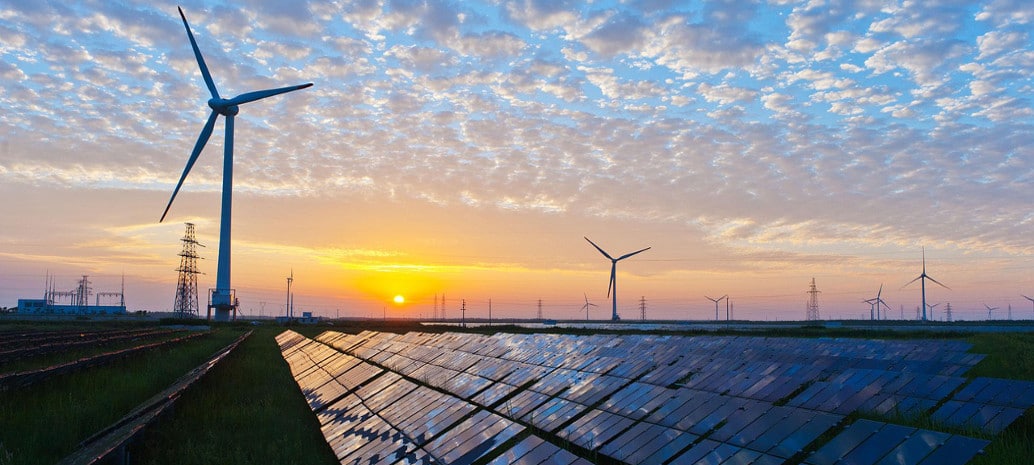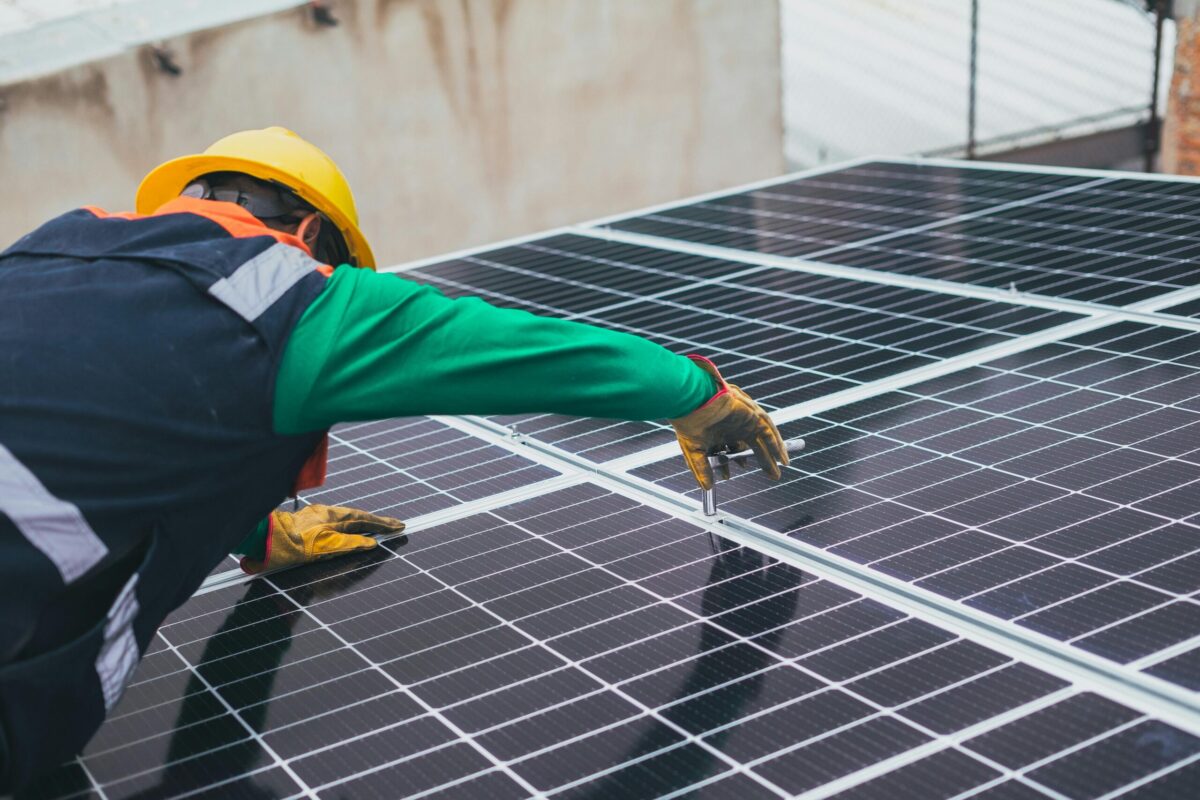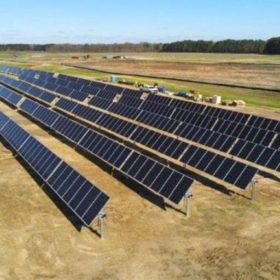The United States has been well behind nearly all nations in Western Europe in the transition to renewable energy from fossil fuels. However, recent data from the U.S. Department of Energy’s Electricity Information Administration (EIA) demonstrate that the United States, if not yet catching up, is also making remarkable progress.
EIA’s latest edition of Electric Power Monthly shows that during March wind and solar together met 10.1% of U.S. electricity demand. This the first time that these two sources combined have ever met more than 10% of power, a fact which was first reported in the TerraJoule newsletter.
When you add the hydro from a wet spring on the West Coast, which alone provided more than 10% of the nations’s electricity, as well as biomass and geothermal power, all renewable energy sources combined met 24% of electric demand in March.
But while hydro, biomass and geothermal capacities have been relatively stable in recent decades, solar and wind and growing fast. Over the full year 2016 solar and wind met 7.6% of U.S. electric demand, up from only 6.1% the prior year. As recently as 2012 these two sources did not meet even 4% of total demand.
Of course, such deployment is highly regionalized. It has been said that California is the Germany of solar deployment in the United States, and while the total portion of non-hydro renewable energy is similar in both California and Germany, Germany gets more of its power from wind and biomass and California more from solar. In March solar PV and concentrating solar power (CSP) together met 14.5% of California’s electric demand, with wind meeting another 7.2%.
California has been a leader in both technology and environmental consciousness, however the state that gets the highest portion of its power from wind is not on the “Left Coast”. Iowa met 55% of its demand with wind in March, and 36% over the full year 2016. As such it is not an accident that Iowa Senator Chuck Grassley (R) has been a leader in promoting wind among Republican politicians in the U.S. Congress.
But while Iowa leads in the portion of electricity demand met with wind, the state with the most wind deployed is Texas. Texas generated nearly 7 terawatt-hours of electricity from wind in March, more than 1/4 of the total U.S. output, which met 25% of its monthly electric demand.
Integrating these large volumes of renewable energy without excessive curtailment presents technical and policy challenges, particularly in isolated grids such as Texas and in grids with large capacities of inflexible, “baseload” coal and nuclear plants. And while California’s grid operator has made significant progress in trading electricity with other regional grids, it is clear that more work has to be done to make the state’s grid more flexible if it is to meet its ambitious renewable energy goals.
This content is protected by copyright and may not be reused. If you want to cooperate with us and would like to reuse some of our content, please contact: editors@pv-magazine.com.









By submitting this form you agree to pv magazine using your data for the purposes of publishing your comment.
Your personal data will only be disclosed or otherwise transmitted to third parties for the purposes of spam filtering or if this is necessary for technical maintenance of the website. Any other transfer to third parties will not take place unless this is justified on the basis of applicable data protection regulations or if pv magazine is legally obliged to do so.
You may revoke this consent at any time with effect for the future, in which case your personal data will be deleted immediately. Otherwise, your data will be deleted if pv magazine has processed your request or the purpose of data storage is fulfilled.
Further information on data privacy can be found in our Data Protection Policy.